Filament LED bulbs use very narrow strips containing the LED, which look similar to filaments of an old incandescent bulb:
They look like a normal bulb with large "old-style" coal filaments, and are of about the same size and shape as the common standart E27 socket bulb.
There are two basic variants of these bulbs:
- One "plain" as described, looking impressively similar to a classic bulb
- The other has a white coating on the glass, about 15mm wide next to the metal socket.
How are these filaments build? I could imagine the it's "pretty normal" LEDs, but lots of them, directly bonded to something? (There are references to COB)
How does the heat management work? Ii have seen speculations about filling the bulb with either helium or "some patented organic gas" - could that be enough for cooling?
How does the driver - which seems to be very small - work?
In the variant with white coating - hiding some components, I assume - is already not that much space, and in the plain variant, there seems to be almost no space for something nontrivial.
Below you see some bulbs of the white coating variant, switched on:
(Images with the permission of this supplier at Alibaba)
Note how the LED filament bulbs are not so much similar to the tungsten filament bulbs recently being phased out - they are more resembling the long outdated carbon filament bulbs:
bd® Antike Edison 220V-240V 40W Retro Vintage Industry Style Deko Glühbirne (kl)
 There's a spec sheet here:
There's a spec sheet here: 